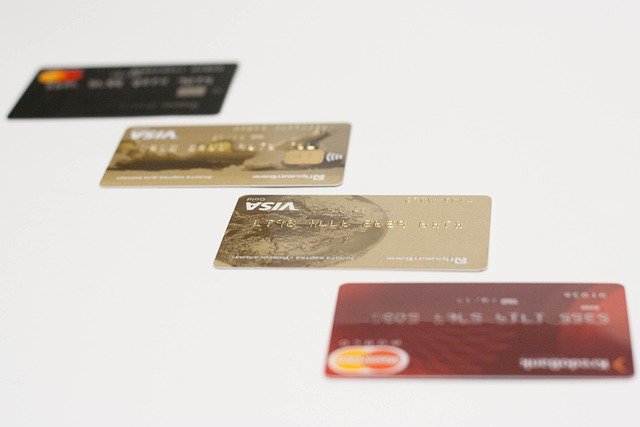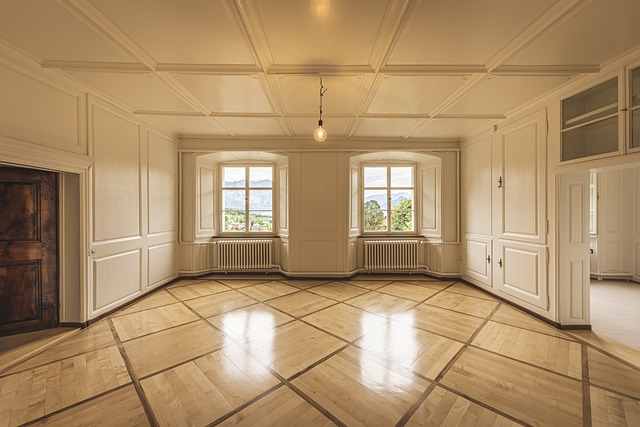Dissecting the Power of Pilates: Past, Present, and Future
In the realm of fitness and wellness, few practices have proven as enduring and influential as Pilates. Emerging from the early 20th century, Pilates has grown from a niche exercise regimen to a global fitness phenomenon. This article delves into the intriguing history of Pilates, its current industry trends, and the future outlook of this practice.

A Historical Overview of Pilates
Pilates was first developed by Joseph Pilates, a German physical trainer, in the early 1900s. Joseph designed the system to help injured dancers and soldiers in World War I regain their strength and mobility. Combining elements of yoga, martial arts, and Western forms of exercise, Pilates aimed to improve mind-body connection, flexibility, and core strength.
Over the years, it has evolved to suit the needs of different populations, from rehabilitation patients to athletes, and even seniors. Despite its evolution, the core principles of Pilates—precision, control, breath, concentration, flow, and centering—remain largely unchanged.
Modern Pilates: Current Industry Trends
The rise of boutique fitness studios in the 21st century marked a new era for Pilates. The practice has become more accessible and diverse, catering to a broader range of fitness levels and goals. Additionally, the integration of technology, like virtual classes and smart equipment, has made Pilates more interactive and personalized.
Industry experts also note an increased interest in mat Pilates, which requires minimal equipment and can be done anywhere. This trend reflects the growing demand for flexible, cost-effective fitness solutions in a post-COVID world.
The Impact of Pilates on Health and Wellness
Pilates has gained recognition for its profound effects on health and wellness. Research indicates that regular Pilates practice can improve balance, flexibility, core strength, and posture. It also promotes mindfulness and stress reduction, echoing the broader wellness trend of holistic health.
Moreover, Pilates is renowned for its adaptability. It can be modified to suit different bodies and fitness levels, making it an inclusive form of exercise that caters to everyone—from young athletes to older adults and those with physical limitations.
Pilates in the Market: Relevance and Economic Impact
The global Pilates and yoga studios market was valued at $87 billion in 2019. With the increasing awareness of health and wellness benefits, the industry is projected to grow at a CAGR of 9.3% from 2020 to 2027.
The rise of home workouts and virtual classes during the pandemic has further boosted the Pilates industry. Many fitness brands have capitalized on this trend, launching at-home Pilates equipment and online classes.
The Future of Pilates: Predictions and Projections
The future of Pilates looks promising. As more people strive for balanced, mindful lifestyles, Pilates is expected to remain a central part of the fitness and wellness landscape. Innovations like virtual reality Pilates and AI-powered instruction hint at a more technologically integrated future for the practice.
Moreover, the emergence of hybrid workouts combining Pilates with other fitness modalities, such as HIIT or barre, suggests that Pilates will continue to evolve and adapt to changing fitness trends and consumer needs.
In conclusion, Pilates has proven its worth as a powerful tool for physical and mental well-being. Its rich history, current prominence, and promising future ensure it will continue to be a significant player in the global fitness and wellness industry. It serves as a testament to the enduring power of mindful, balanced exercise in our pursuit of health and wellness.




